Argon-Carbon Dioxide
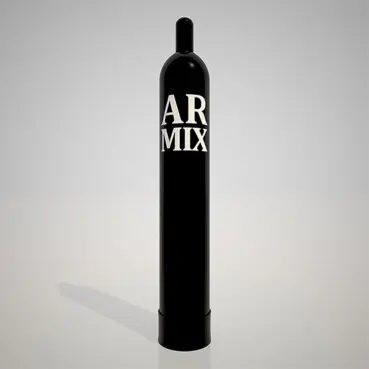
Argon-Carbon Dioxide
C-50 (50% argon/50% CO₂) is used for short arc welding of pipes.
C-40 (60% argon/40% CO₂) is used for arc welding with flux-cored (tubular) electrodes. Better weld penetration than C-25.
C-25 (75% argon/25% CO₂) is mainly used by hobbyists and in small-scale production. It is limited to short circuit and globular transfer welding. Widely used for short-circuiting gas metal arc welding (GMAW) of low-carbon steel.
C-20 (80% argon/20% CO₂) is used for short-circuiting and spray transfer welding of carbon steel.
C-15 (85% argon/15% CO₂) is widely used in the fabrication of carbon and low-alloy steels. It has low spatter and good weld penetration, suitable for thick plates and steel covered with iron oxide scale. For maximizing productivity in short-circuiting mode on thin metals, it is less prone [to issues] than higher CO₂ mixtures and has suitable deposition rates. It is suitable for short circuit, globular, pulsed, and spray transfer welding. When aiming for maximum productivity in short-circuiting mode on thin metals, it shows less [adverse] tendency compared to higher CO₂ mixtures and has correspondingly high deposition rates.
C-10 (90% argon/10% CO₂) is typical for production environments. Although it has a lower CO₂ content than C-15, it offers low spatter and effective weld penetration capability. Suitable for most steels. It is applied in the same manner as an 85/15 mixture. Suitable for ferritic stainless steel.
C-5 (95% argon/5% CO₂) is used for pulsed current transfer in metal transfer operations and for short-circuiting transfer on low-alloy steel. Despite having less CO₂ than C-10, it has high tolerance for iron oxide scale and better weld puddle control than argon-oxygen mixtures. It has lower heat input than C-10. Suitable for ferritic stainless steels. It performs similarly to argon with 1% oxygen.
Argon-Oxygen
O-5 (95% argon/5% oxygen) is the most commonly used gas for general welding of carbon steel. The high level of oxygen in its composition allows for higher welding speeds. More than 5% oxygen causes the shielding gas to oxidize the electrode. If the electrode does not consist of materials with sufficient deoxidizing capability, this can lead to porosity in the weld area.
O-2 (98% argon/2% oxygen) is used for spray transfer arc welding of stainless steel, carbon steel, and low-alloy steel. It has better wetting ability than O-1. The welded part is darker in color and more oxidized than with O-1. The addition of 2% oxygen facilitates spray transfer of metal across the arc, which is very important for spray arc and pulsed spray arc GMAW.
O-1 (99% argon/1% oxygen) is used for stainless steels. Oxygen stabilizes the arc.
Others
Argon gas containing 25-35% helium and 1-2% CO₂ ensures high efficiency and proper welding on austenitic grade stainless steel. It can be used to join stainless steel to carbon steel.
Argon-CO₂ with 1-2% hydrogen creates a reducing atmosphere that lowers the amount of oxide on the welded surface, increasing wetting and penetration. It is effective for austenitic grade stainless steels.
Argon gas with 2-5% nitrogen and 2-5% CO₂ provides the weld with proper shape and color during short-circuiting and increases the speed of the welding process. In terms of metal transfer via arc by spray and pulsed spray, it is almost equivalent to other trimixes. When joining stainless steel to carbon steel in the presence of nitrogen, attention must be paid to ensuring the appropriate weld microstructure.
Nitrogen increases arc stability and weld penetration depth, and reduces distortion of the welded part. It helps maintain the correct nitrogen content in duplex stainless steel.
Helium gas at 85-95% with 5-10% argon and 2-5% CO₂ is an industry standard for short-circuiting welding of carbon steel.
The application of shielding gases is primarily limited by the cost of the gas, the price of the equipment, and the location where welding is performed. Some shielding gases, like argon, are expensive, which limits their use. Equipment used for gas transportation also requires additional funds. Consequently, processes like Shielded Metal Arc Welding (SMAW), which require less expensive equipment, may be preferred in certain situations. Finally, because air movement can disperse the shielding gas around the welding site, welding operations requiring shielding gases are typically performed only in enclosed areas where the air is stable and the entry of atmospheric gases into the welding zone can be effectively prevented.
The desired gas flow rate primarily depends on the weld geometry, speed, and current, the type of gas, and the mode of metal transfer being used. Welding flat surfaces requires more flow than welding grooved materials, as the gas disperses more quickly. Faster welding speeds generally mean more gas must be supplied to ensure adequate coverage. Additionally, higher current requires more flow, and generally, more helium gas is required than argon to provide adequate coverage. Perhaps most significantly, the four main variants of GMAW have different shielding gas flow rate requirements. For small weld pools in short-circuiting and pulsed spray modes, about 10 L/min (20 ft³/h) is generally appropriate, but for globular transfer, about 15 L/min (30 ft³/h) is preferred. Spray transfer of metal across the arc requires more, along the lines of 20-25 L/min (40-50 ft³/h), due to its higher heat input and larger weld pool.
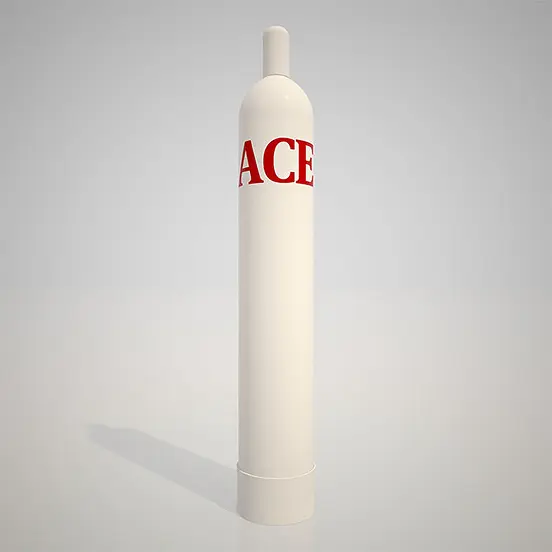
Acetylene (systematic name: ethyne) is a chemical compound with the formula C₂H₂.
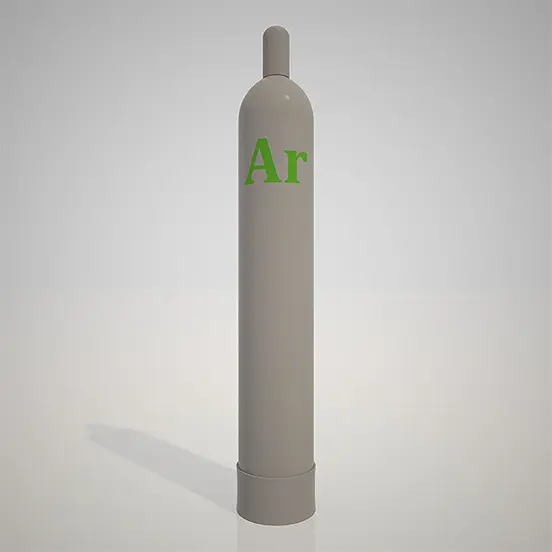
Argon is a chemical element with the symbol Ar and atomic number 18.
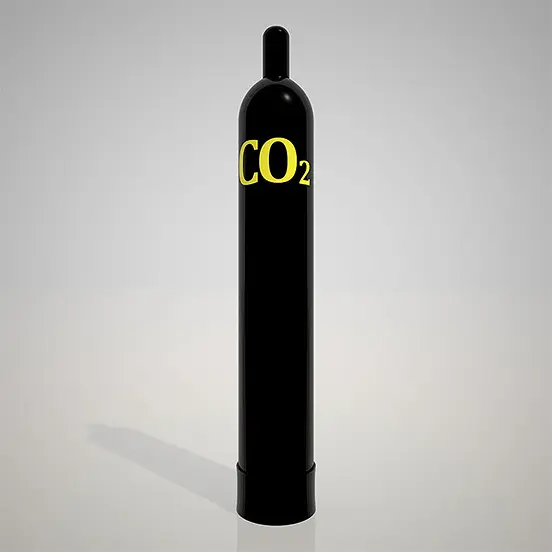
Carbon dioxide (chemical formula CO₂)
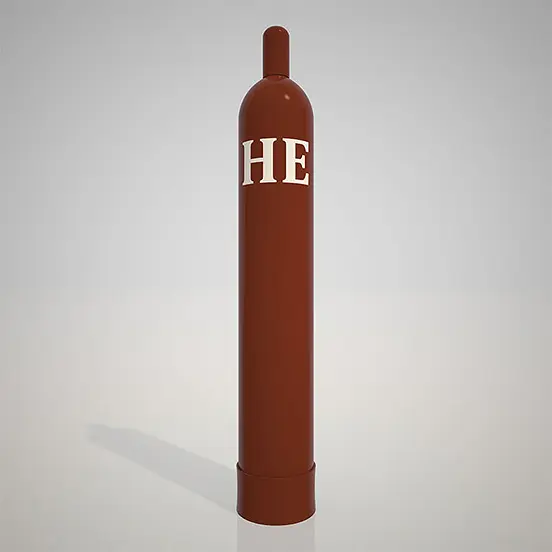
Helium is a chemical element with the symbol He and atomic number 2.
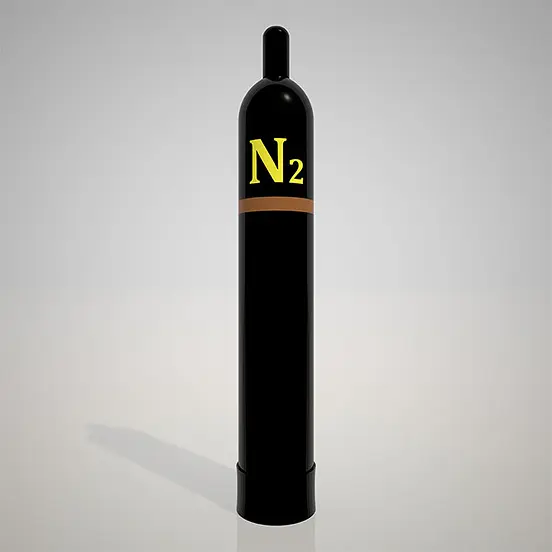
Nitrogen is a chemical element with the symbol N and atomic number seven.
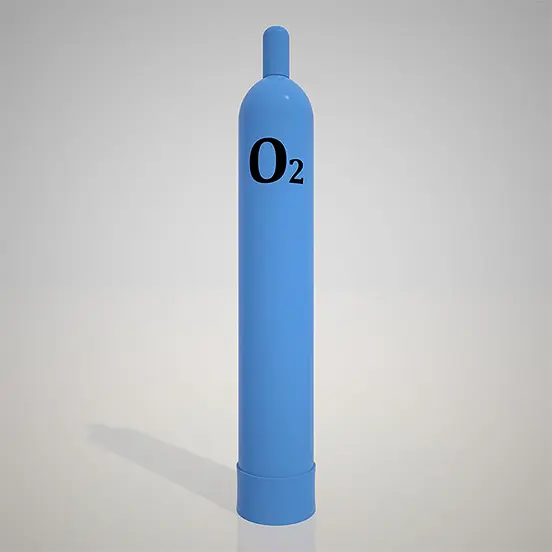
Oxygen is a chemical element with the symbol O and atomic number 8.
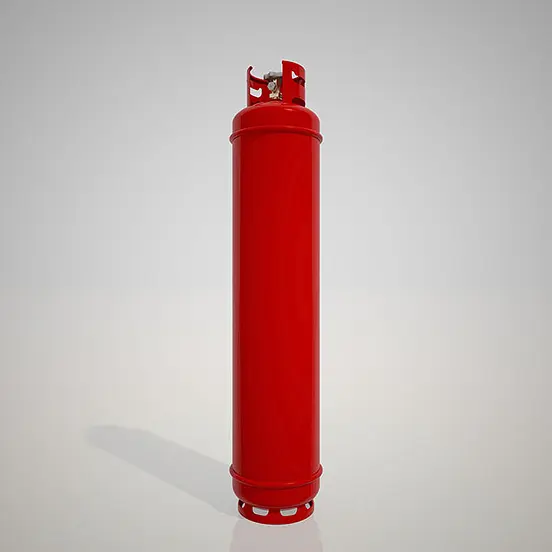
Propane (molecular formula C₃H₈) is an alkane with three carbon atoms.